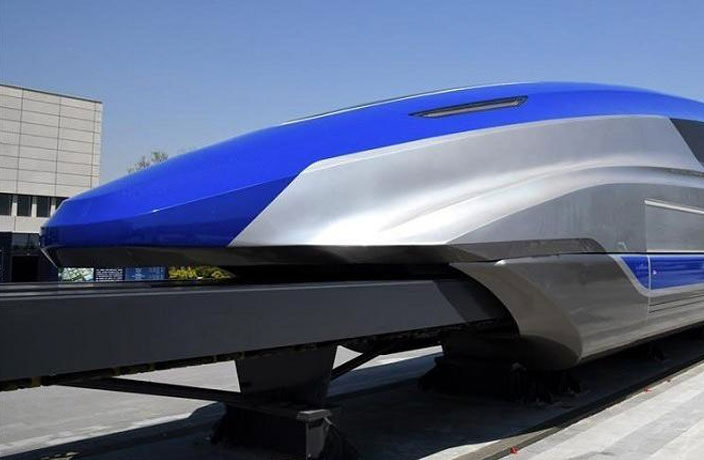There’s been big talk of a Shanghai-Guangzhou maglev, with a recent plan released by Guangdong province saying it could take less than three hours moving between the two cities.
The plan by the provincial department of natural resources outlines land use for the next 15 years, according to China Daily. Space has been reserved to build two high-speed magnetic levitation railroad lines, which will link Guangzhou with Shanghai and Beijing.
Maglev trains can operate as fast as 600 kilometers per hour – significantly higher than China’s current high-speed trains.
READ MORE: Guangzhou-Shenzhen Commute in Under 20 Minutes by 2030?
Another maglev line is planned to connect Beijing, Hong Kong and Macao, which would also pass through Guangzhou. The time between Beijing and Guangzhou would be around three hours and 40 minutes.
Guangzhou and Shenzhen are also planning their own intercity maglev line on a 110-kilometer stretch of land.
These Maglev lines are still in the preliminary planning stage and likely won’t be completed till after 2030.
China’s first Maglev line opened in 2003 at the city’s Pudong airport.
READ MORE: 2 New Routes Proposed for Maglev Trains in China
[Cover image via China Daily]





















0 User Comments